Home>Interior Design>7 Entryway Storage Mistakes And How To Fix Them
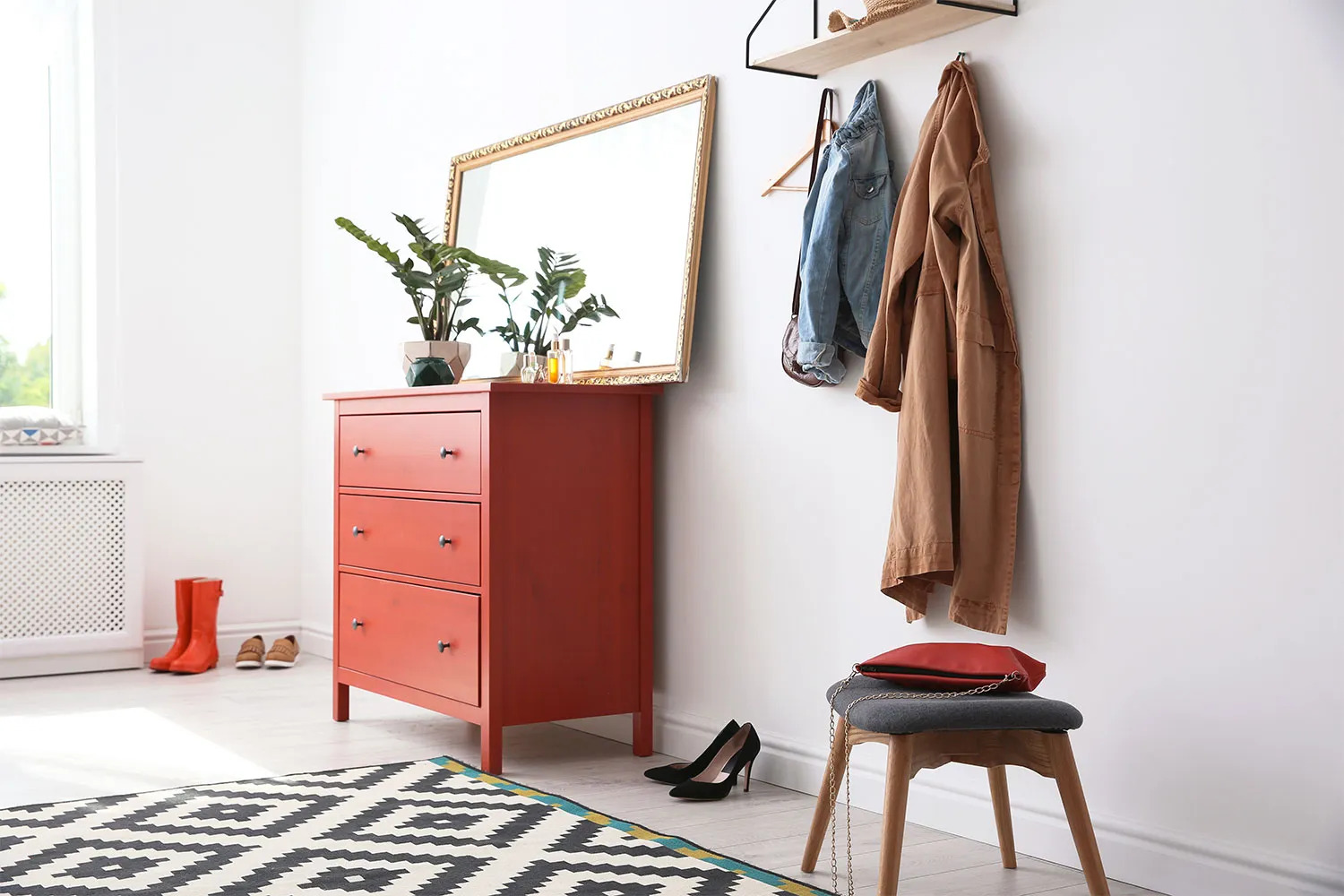

Interior Design
7 Entryway Storage Mistakes And How To Fix Them
Modified: October 20, 2024
Avoid these common entryway storage mistakes in your interior design. Discover how to fix them and optimize your space for a stylish and functional entrance.
(Many of the links in this article redirect to a specific reviewed product. Your purchase of these products through affiliate links helps to generate commission for Storables.com, at no extra cost. Learn more)
Introduction
Welcome to your home’s first impression: the entryway. As the gateway to your living space, the entryway sets the tone for your home’s ambiance and functionality. It’s the place where you greet guests, kick off your shoes after a long day, and store everyday essentials. Unfortunately, many homeowners overlook the importance of optimizing their entryway storage, leading to a cluttered and inefficient space.
In this article, we will explore the seven most common entryway storage mistakes and provide practical solutions to fix them. By addressing these pitfalls, you can transform your entryway into an organized, inviting, and aesthetically pleasing area that reflects your personal style and enhances the overall functionality of your home.
Key Takeaways:
- Transform your entryway into an organized, inviting, and aesthetically pleasing space by addressing common storage mistakes. From utilizing vertical space to considering aesthetics, create a clutter-free and welcoming environment for both you and your guests.
- Optimize your entryway storage with practical solutions like installing hooks, adding shoe storage, and organizing small items. Create a cohesive and visually appealing entryway that reflects your personal style and sets a positive tone for your entire home.
Mistake 1: Lack of Hooks or Pegs
One of the most common entryway storage mistakes is the lack of hooks or pegs. Without these simple yet versatile storage solutions, your entryway can quickly become cluttered with coats, bags, and other essential items. Not having a designated spot to hang these items often leads to them being thrown on chairs or scattered around the floor, creating a messy and disorganized space.
To rectify this mistake, consider installing hooks or pegs along one wall of your entryway. This simple addition allows you to hang coats, hats, scarves, and bags, keeping them easily accessible and preventing them from ending up on the floor. Choose hooks or pegs that match your decor style, whether it be sleek, modern designs or rustic and vintage-inspired options.
Another space-saving option is to use a coat rack or wall-mounted coat hanger. These come in various sizes and styles, allowing you to choose the one that best suits your needs and complements your entryway’s aesthetic. Additionally, consider adding a small shelf above the hooks or pegs to hold keys, sunglasses, or other frequently used items.
Avoid the temptation to overcrowd the hooks or pegs by hanging too many items. This can lead to a cluttered and visually unappealing look. Instead, be selective and only hang what you regularly use or need immediate access to.
By addressing the lack of hooks or pegs in your entryway, you’ll immediately notice a difference in the cleanliness and organization of the space. Plus, you’ll save time and frustration by always knowing where to find your essentials on your way in and out of your home.
Mistake 2: Overlooking Shoe Storage
Another common entryway storage mistake is overlooking the importance of shoe storage. Shoes are a necessary part of our daily lives, but when left scattered around the entryway, they can create a cluttered and chaotic appearance.
To address this issue, consider implementing a dedicated shoe storage solution. There are several options to choose from, depending on the size of your entryway and your personal style preferences.
One popular choice is a shoe rack or shelf. These come in various sizes and designs, including open shelves, cubbies, or enclosed cabinets. A shoe rack not only keeps your footwear organized but also prevents dirt and mud from being tracked further into your home. Opt for a shoe rack with multiple tiers or shelves to accommodate different shoe sizes and styles.
If you prefer a sleek and minimalistic look, consider opting for a wall-mounted shoe organizer. These can be installed near the entryway door, using vertical space efficiently. Wall-mounted shoe organizers often feature compartments or pockets, allowing you to neatly store and display your shoes.
For those with limited floor space, an over-the-door shoe organizer is a practical solution. These organizers hang on the back of the door and have pockets or compartments to hold your shoes. They are especially useful for small entryways or apartments.
Remember to regularly declutter and clean your shoe storage solution to maintain a tidy and odor-free space. Rotate your shoes seasonally, storing off-season footwear elsewhere to free up space and keep your entryway visually appealing.
By addressing the oversight of shoe storage in your entryway, you’ll achieve a more organized and welcoming space. Additionally, you’ll prevent the frustration of searching for matching pairs of shoes or tripping over scattered footwear as you enter or leave your home.
Mistake 3: Ignoring Vertical Space
One common entryway storage mistake that often goes unnoticed is ignoring the potential of vertical space. Many homeowners focus on organizing the floor area of their entryway but overlook the valuable storage opportunities provided by the walls and vertical surfaces.
To make the most of the vertical space in your entryway, consider incorporating the following storage solutions:
1. Wall-mounted shelves: Install shelves on the walls to create additional storage for displaying decorative items, holding baskets or bins for small accessories, or keeping frequently used items within easy reach. Choose shelves that complement your entryway’s style and ensure they are securely anchored to the wall for stability.
2. Wall hooks or racks: In addition to hanging coats and bags, wall hooks or racks can be used to store umbrellas, hats, scarves, or even dog leashes. Utilize the vertical space alongside your entryway door to keep these items organized and easily accessible on your way in or out.
3. Floating cabinets or cubbies: Maximize your storage options by incorporating floating cabinets or cubbies along the wall. These can be used to hold shoes, mail and bills, or even a small entryway bench for seating and additional storage.
4. Hanging organizers: Consider using hanging organizers, such as fabric or mesh pockets, that can be hooked onto the wall or the back of the entryway door. These are useful for storing smaller items like keys, sunglasses, gloves, or even mail. Hanging organizers keep these essentials tidy and prevent them from being misplaced.
By utilizing the vertical space in your entryway, you’ll effectively optimize storage and free up valuable floor space. Not only will this help declutter the area, but it will also create a visually appealing and functional entryway that makes a strong first impression.
Mistake 4: Neglecting Small Item Storage
When it comes to entryway storage, it’s easy to focus on larger items like coats and shoes while neglecting the importance of organizing smaller items. Neglecting small item storage can lead to a cluttered and chaotic entryway, making it difficult to find essential items when you need them.
To avoid this common mistake, incorporate smart storage solutions for small items in your entryway:
1. Key hooks or trays: Create a designated spot for your keys near the entryway door. Install hooks on the wall or use a small tray or dish to hold keys. This way, you’ll always know where to find them, saving time and frustration when you’re in a rush.
2. Catch-all basket or tray: Place a catch-all basket or tray near the entryway to hold smaller items like wallets, sunglasses, and loose change. This prevents them from cluttering up countertops or getting lost in the mix. Choose a basket or tray that complements your entryway decor and make a habit of emptying and organizing it regularly.
3. Mail organizers: Use a wall-mounted mail organizer or a decorative basket to sort and store incoming mail. This will prevent mail from piling up and taking over your entryway space. Sort mail into categories like bills, important documents, and junk mail to stay organized.
4. Drawer dividers: If you have a console table or entryway cabinet with drawers, utilize drawer dividers to keep smaller items like pens, notepads, and household tools neatly organized. This will make it easier to find what you need without rummaging through a messy drawer.
By addressing the neglect of small item storage in your entryway, you’ll create a more organized and functional space. No longer will you have to search for misplaced keys or scramble to find a pen when you need it. Instead, everything will have its designated place, making your entryway a more efficient and stress-free area of your home.
When organizing your entryway storage, consider using multi-functional furniture such as a bench with built-in storage to maximize space and keep clutter at bay.
Mistake 5: Disorganized Entryway Wall
Another common entryway storage mistake is having a disorganized entryway wall. The wall is often overlooked as a storage space, resulting in a cluttered and chaotic appearance. To create a functional and visually appealing entryway, it’s essential to address the organization of the entryway wall.
Here are some tips to transform a disorganized entryway wall into an efficient storage area:
1. Command hooks or adhesive hooks: Utilize command hooks or adhesive hooks to hang lightweight items such as lanyards, reusable shopping bags, or decorative wall art. These hooks are easy to install and remove without damaging the wall, making them ideal for renters or those who want flexibility in their layout.
2. Floating shelves: Install floating shelves on the entryway wall to display decorative items, such as plants, framed photos, or small sculptures. Floating shelves not only provide storage but also add a touch of style and personality to your entryway.
3. Wall-mounted organizers: Consider wall-mounted organizers, such as magnetic boards or chalkboards, to create a centralized spot for important notes, reminders, and to-do lists. These organizers can also hold small containers for storing keys, pens, and other frequently used items.
4. Vertical wall baskets or bins: Install vertical wall baskets or bins to hold items like gloves, hats, or scarves. These containers can be labeled or color-coded for easy identification and accessibility. Hanging them on the wall helps free up valuable floor space and adds an interesting visual element to your entryway decor.
5. Pegboards: Install a pegboard on your entryway wall for a versatile and customizable storage solution. Pegboards come with a variety of hooks and accessories, allowing you to hang items like keys, sunglasses, hats, or even small baskets for mail or other essentials. Rearrange the pegs as needed to accommodate different items and keep your entryway wall organized.
By organizing your entryway wall, you’ll improve the functionality and visual appeal of your space. A well-designed and organized wall not only adds storage options but also creates a welcoming atmosphere as soon as you step into your home.
Mistake 6: Using Entryway as a Dumping Ground
One of the biggest entryway storage mistakes is using it as a dumping ground for items that don’t have a designated spot. When the entryway becomes cluttered with random items, it can create a chaotic and disorganized space, making it challenging to find what you need.
To avoid turning your entryway into a dumping ground, follow these tips:
1. Set up a designated drop zone: Create a designated area in your entryway to drop off items like backpacks, purses, and briefcases. This can be a small bench, table, or even a wall-mounted shelf with cubbies. Encourage family members or household members to use this area consistently to keep the space neat and organized.
2. Use storage baskets or bins: Place storage baskets or bins in your entryway to hold miscellaneous items such as gloves, scarves, hats, or pet supplies. Use labels or different-colored baskets to categorize items and find them easily when needed. Encourage everyone in your household to put items back in their proper place to maintain order.
3. Implement a “one in, one out” rule: Whenever you bring a new item into the entryway, make an effort to remove a similar or unnecessary item. This rule helps prevent accumulation and keeps the entryway clutter-free.
4. Donate or discard unused items: Regularly go through the items in your entryway and declutter. Donate or discard items that are no longer needed or used. By keeping only essential items, you’ll create a more streamlined and organized entryway.
5. Establish a routine: Create a habit of clearing out and organizing your entryway on a regular basis. Set aside a specific time each week to tidy up and ensure everything is in its proper place. This routine will help maintain the order and cleanliness of your entryway.
By avoiding the temptation to use the entryway as a dumping ground, you’ll create a more functional and inviting space. An organized entryway sets a positive tone for the rest of your home and makes it easier to find what you need as you come and go.
Mistake 7: Not Considering Aesthetics
When it comes to entryway storage, aesthetics often take a back seat to functionality. However, neglecting the importance of aesthetics can result in a visually unappealing and disjointed entryway. Your entryway is the first impression guests have of your home, so it’s crucial to create a space that is both functional and aesthetically pleasing.
Here are some tips to avoid the mistake of not considering aesthetics in your entryway storage:
1. Choose storage solutions that complement your decor: Instead of selecting storage options solely based on functionality, opt for ones that align with your overall interior design style. Consider the materials, colors, and shapes that will harmonize with your existing entryway decor.
2. Keep it cohesive: Ensure that all storage elements, such as hooks, shelves, and bins, have a cohesive design and color scheme. This will create a unified and visually pleasing look in your entryway. Avoid mixing too many different styles or clashing colors that can create visual chaos.
3. Incorporate decorative elements: Don’t overlook the power of decorative elements in your entryway storage. Add a statement mirror above a console table, display a piece of artwork, or incorporate a stylish rug. These decorative touches can elevate the aesthetic appeal of your entryway and make it feel more inviting.
4. Use storage containers with style: Instead of using generic plastic bins or baskets, consider using stylish storage containers that serve both form and function. Look for woven baskets, leather or fabric bins, or decorative boxes that align with your entryway’s aesthetic. These storage containers can double as decor pieces while keeping smaller items organized and out of sight.
5. Pay attention to lighting: Adequate lighting is essential in your entryway, both for practical purposes and to enhance its visual appeal. Incorporate a combination of ambient, task, and accent lighting to create a warm and welcoming atmosphere. Consider adding a statement light fixture or wall sconces to highlight the storage areas and add a touch of elegance.
By considering aesthetics in your entryway storage choices, you’ll create a space that not only functions well but also reflects your personal style and sets a positive tone for your entire home. A visually pleasing entryway will leave a lasting impression on guests and make you feel proud of your home as soon as you walk through the door.
Conclusion
Your entryway is more than just a transitional space; it’s the first impression visitors have of your home. By addressing common entryway storage mistakes, you can transform this area into an organized, functional, and visually appealing space that sets a positive tone for your entire home.
From the lack of hooks or pegs to the neglect of small item storage, each mistake presents an opportunity for improvement. By incorporating practical solutions like installing hooks, adding shoe storage, utilizing vertical space, and considering aesthetics, you can create an entryway that is both stylish and efficient.
Remember to optimize your entryway storage by utilizing wall space, organizing small items, and avoiding the temptation to use it as a dumping ground. By doing so, you’ll create a clutter-free and welcoming environment for both you and your guests.
Lastly, don’t overlook the importance of aesthetics. Your entryway should reflect your personal style and create a cohesive look. By choosing storage solutions that complement your decor, incorporating decorative elements, and paying attention to lighting, you can create an entryway that is not only functional but also visually pleasing.
So take the time to reassess your entryway storage and make the necessary changes to avoid these common mistakes. With a well-organized and beautiful entryway, you’ll create a positive first impression and set the tone for a functional and inviting home.
Frequently Asked Questions about 7 Entryway Storage Mistakes And How To Fix Them
Was this page helpful?
At Storables.com, we guarantee accurate and reliable information. Our content, validated by Expert Board Contributors, is crafted following stringent Editorial Policies. We're committed to providing you with well-researched, expert-backed insights for all your informational needs.
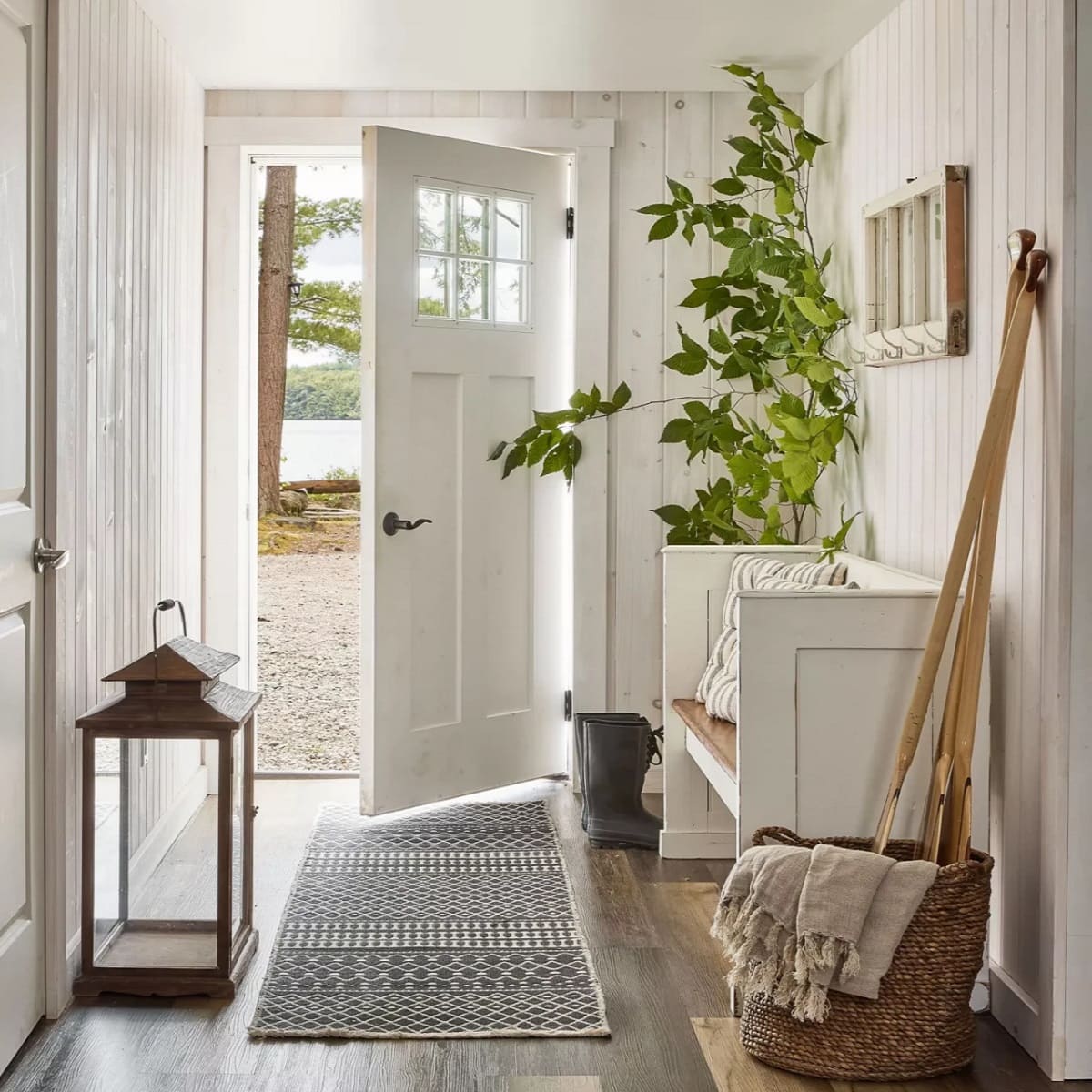
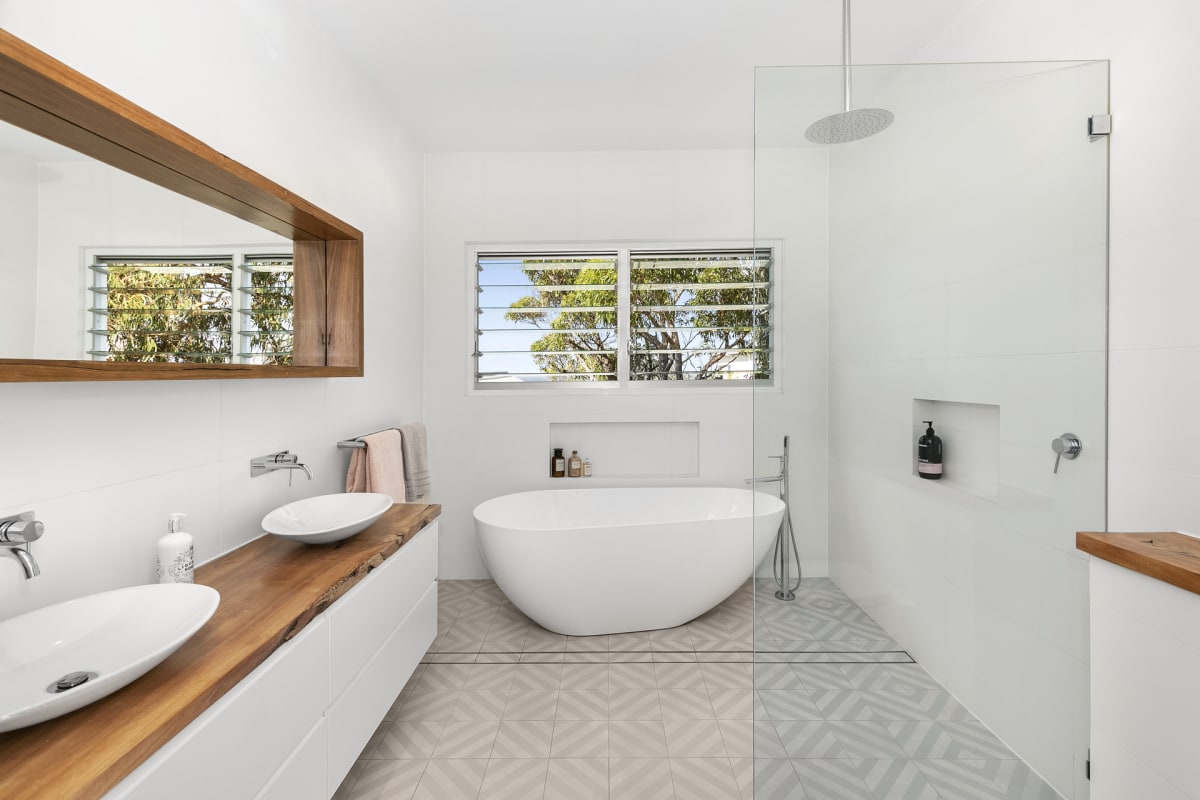
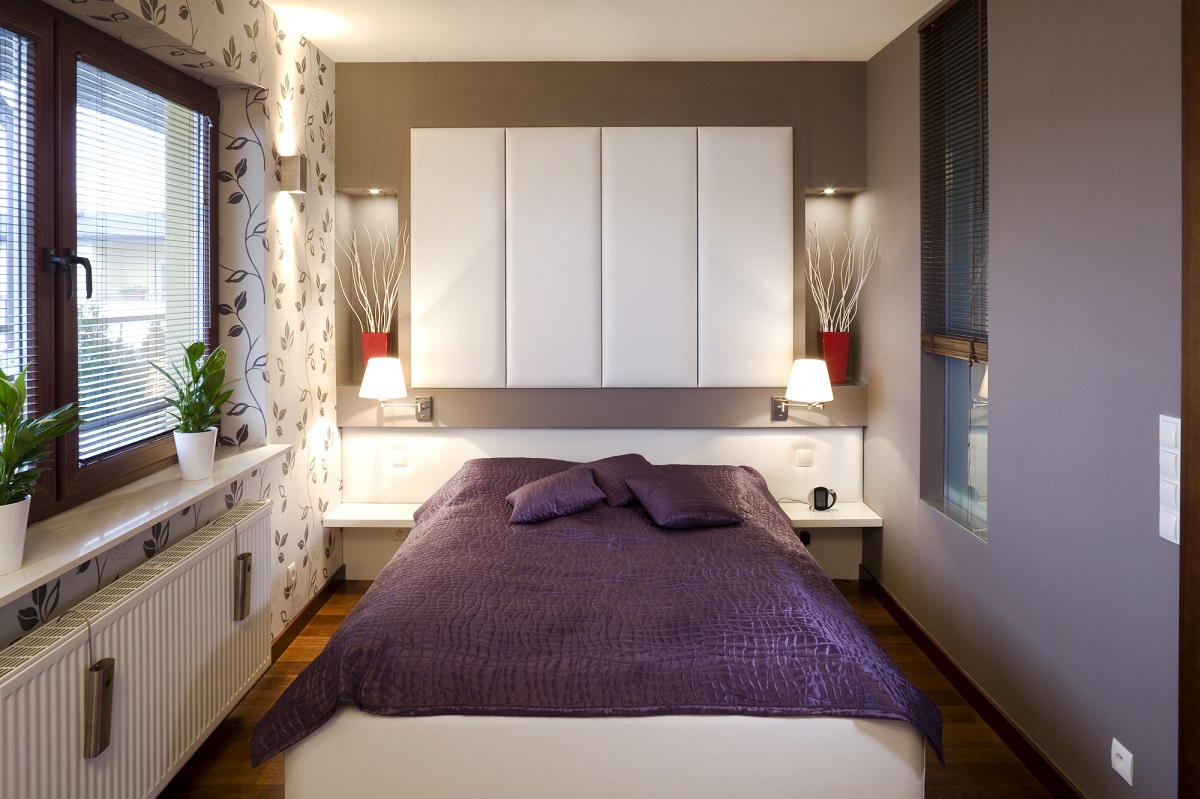

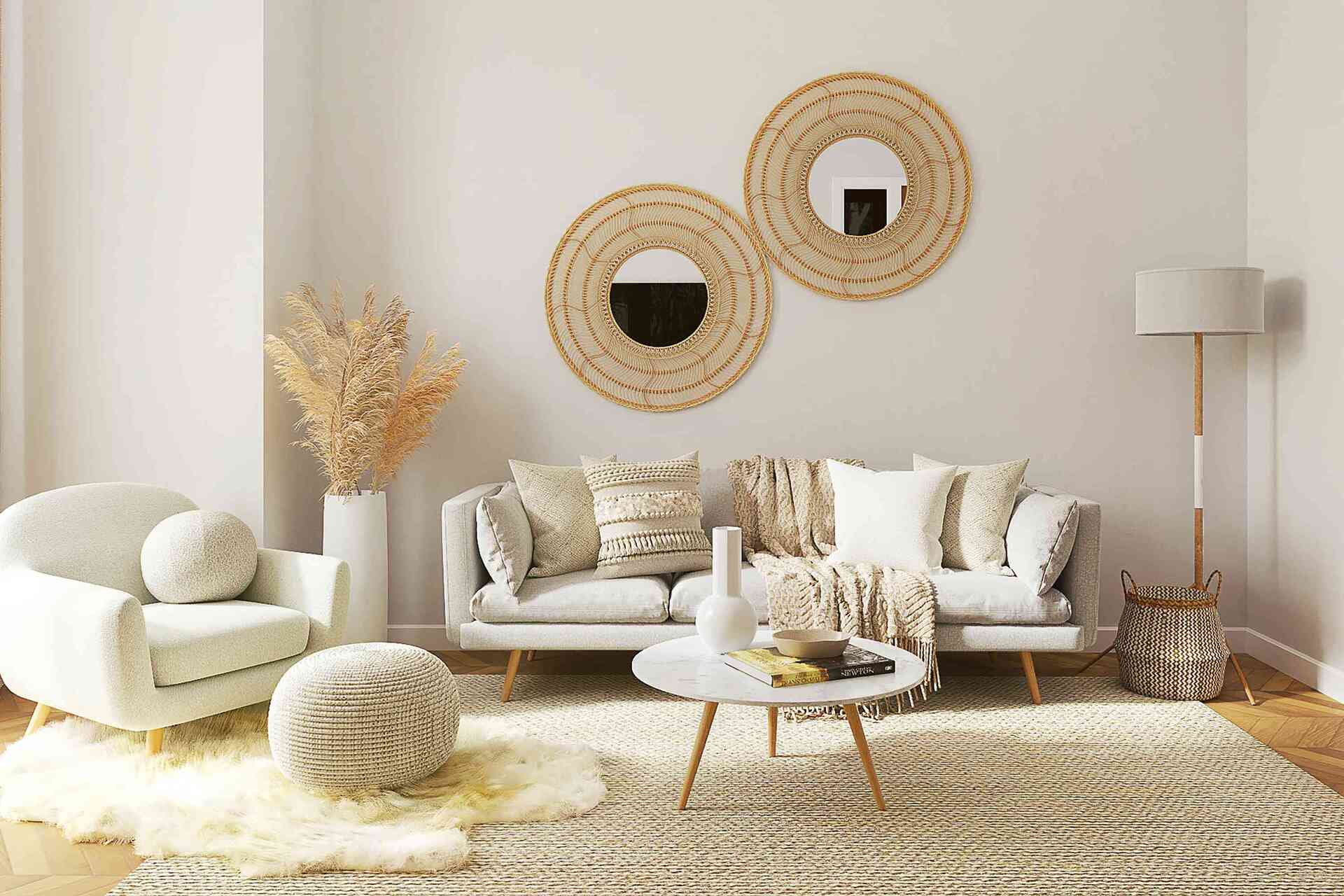
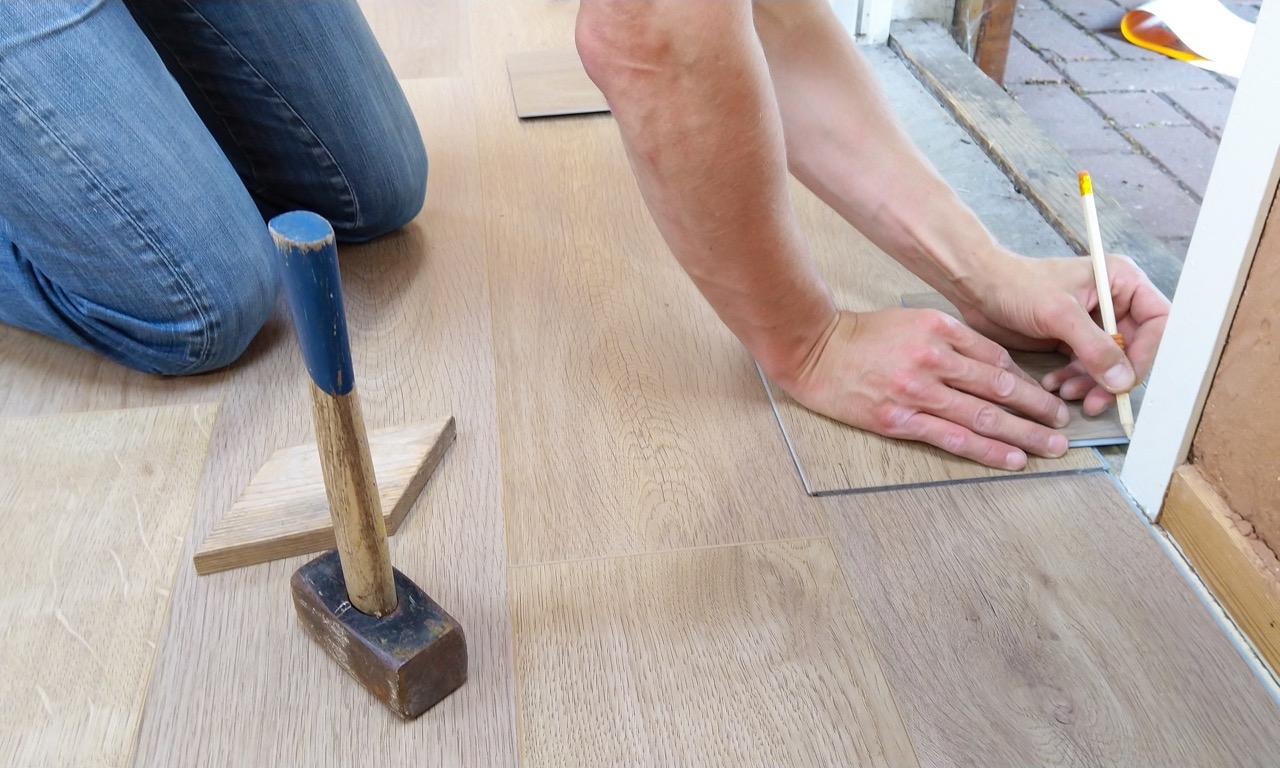
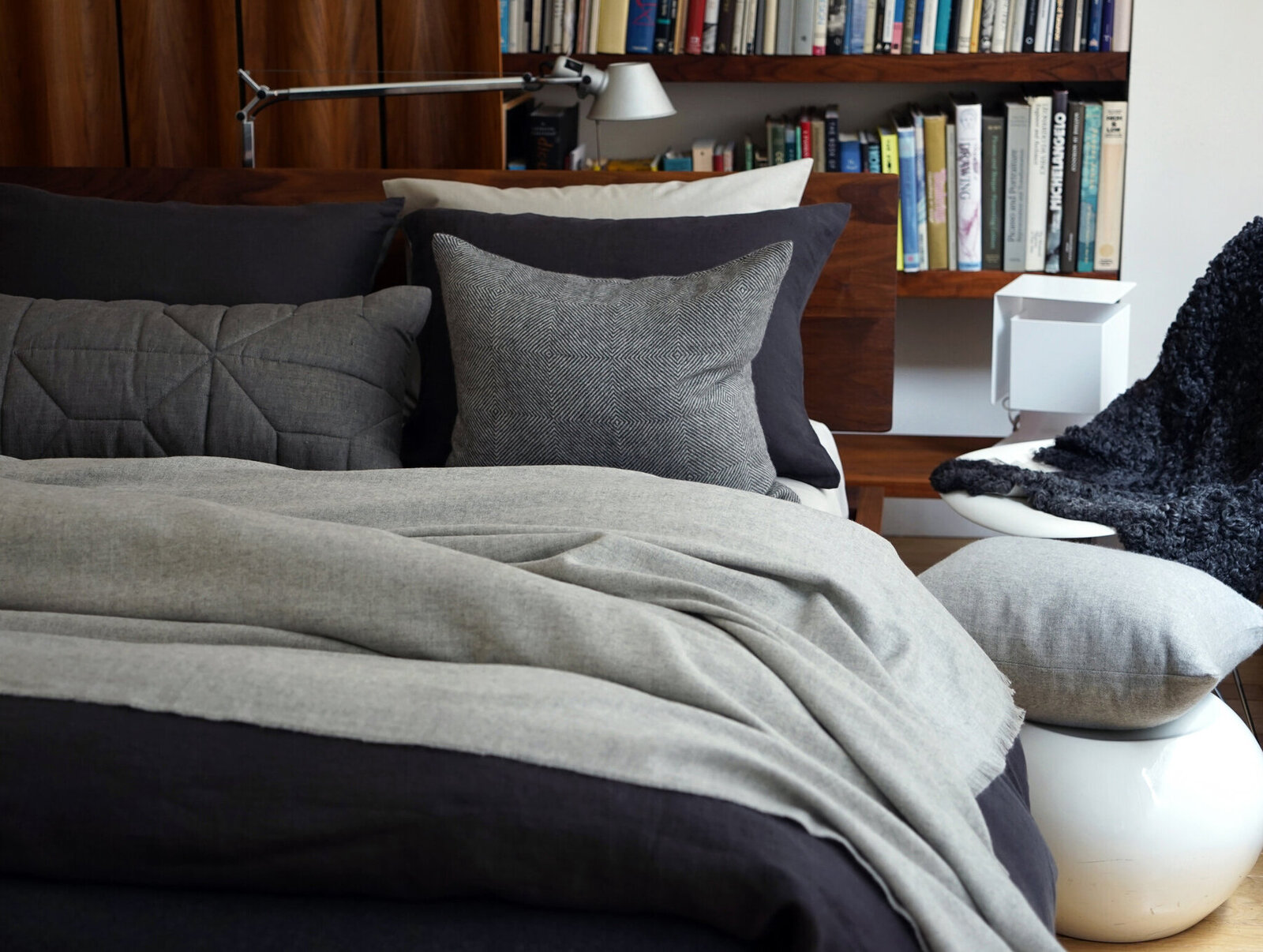
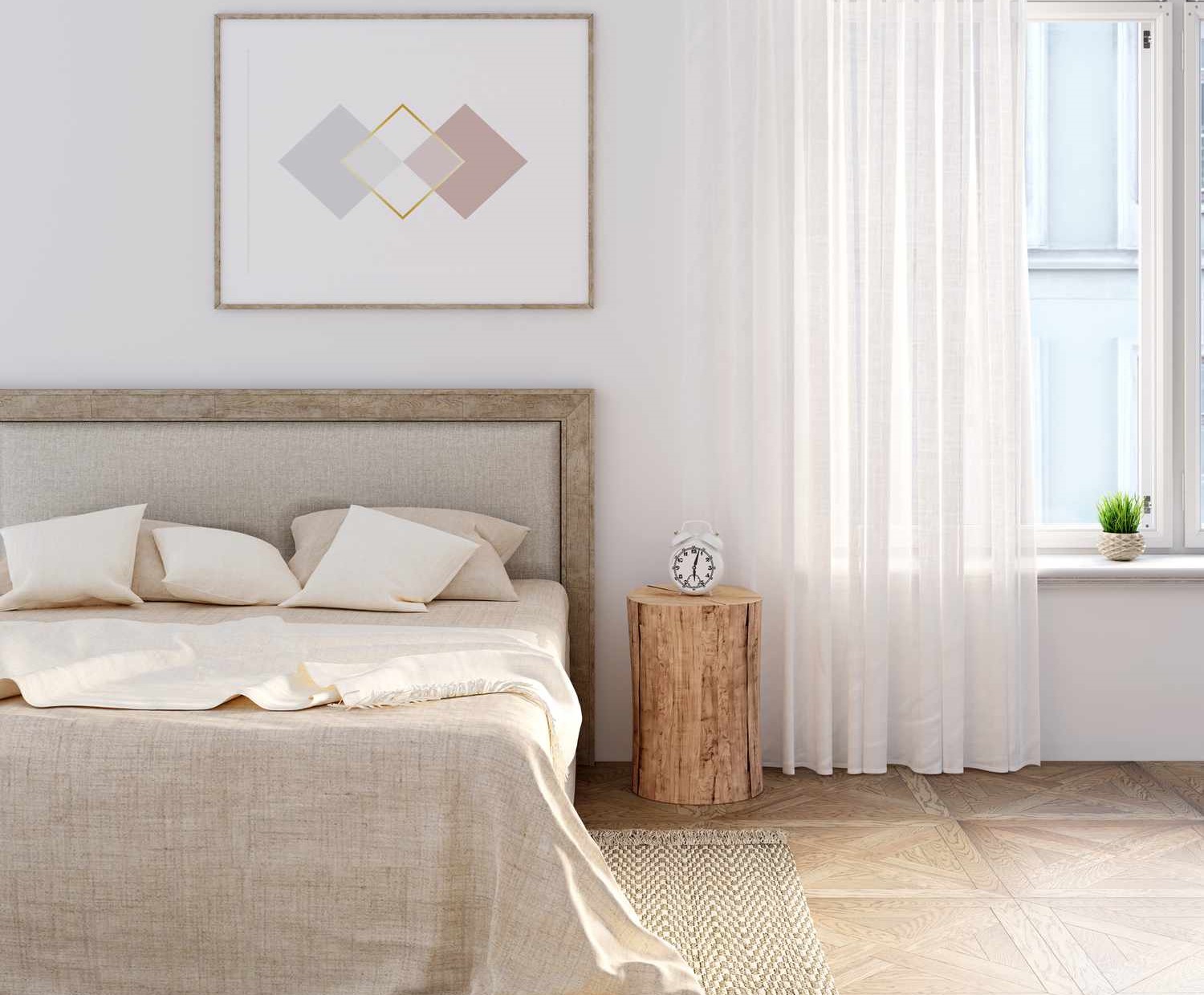
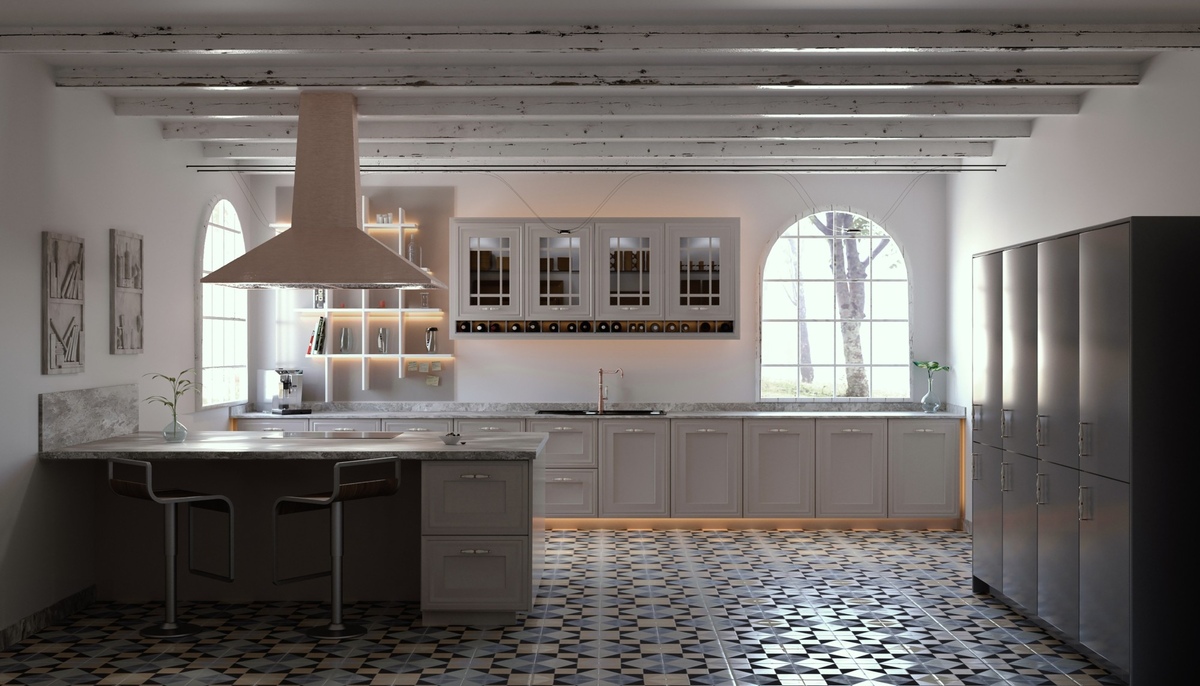
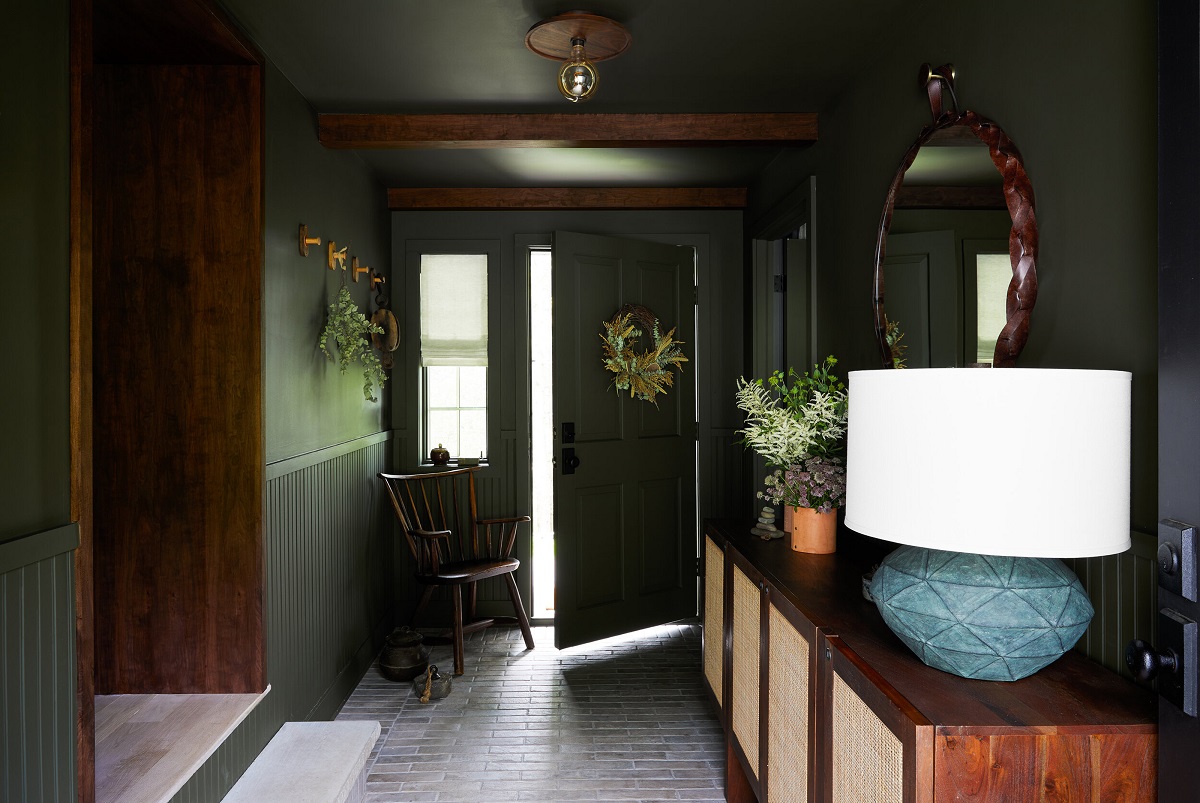
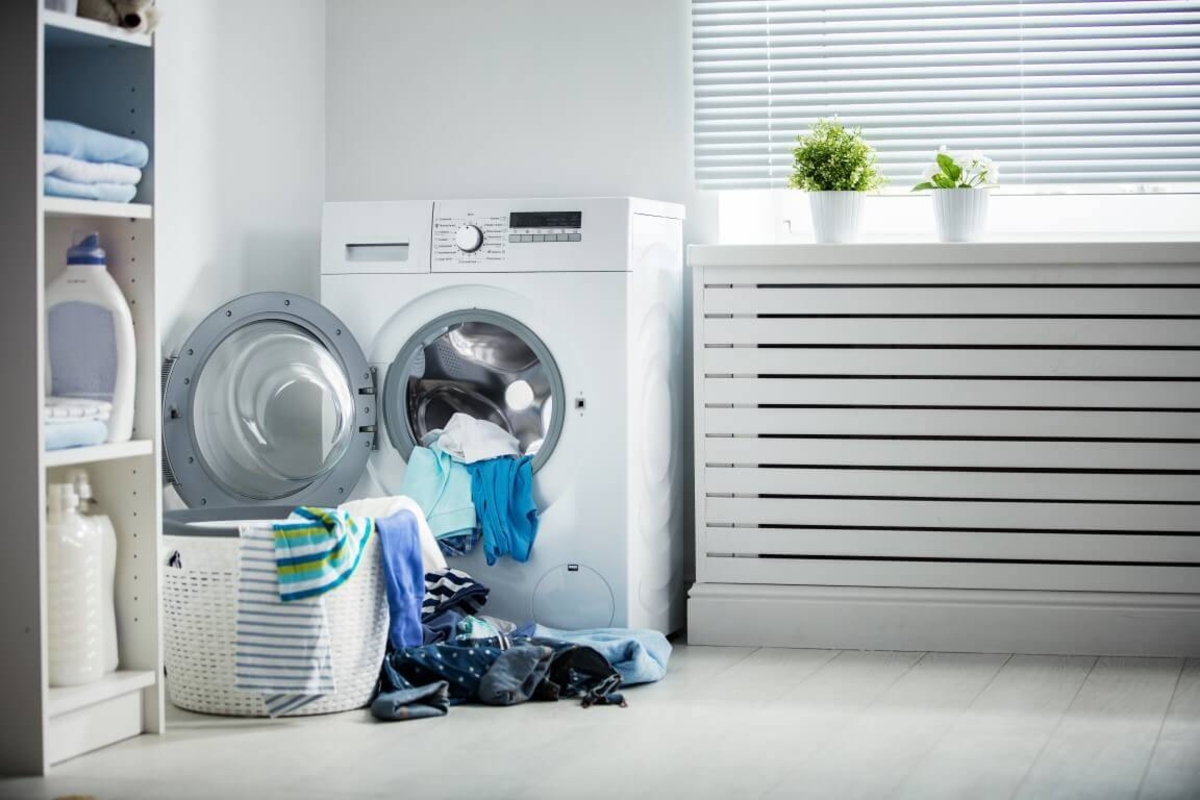
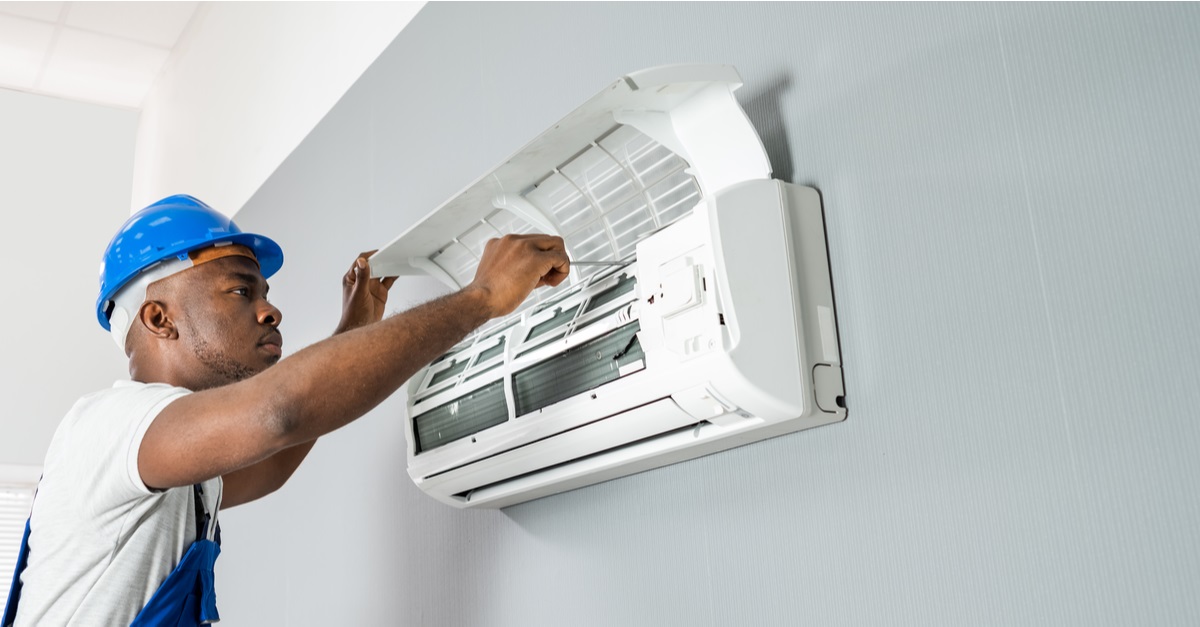
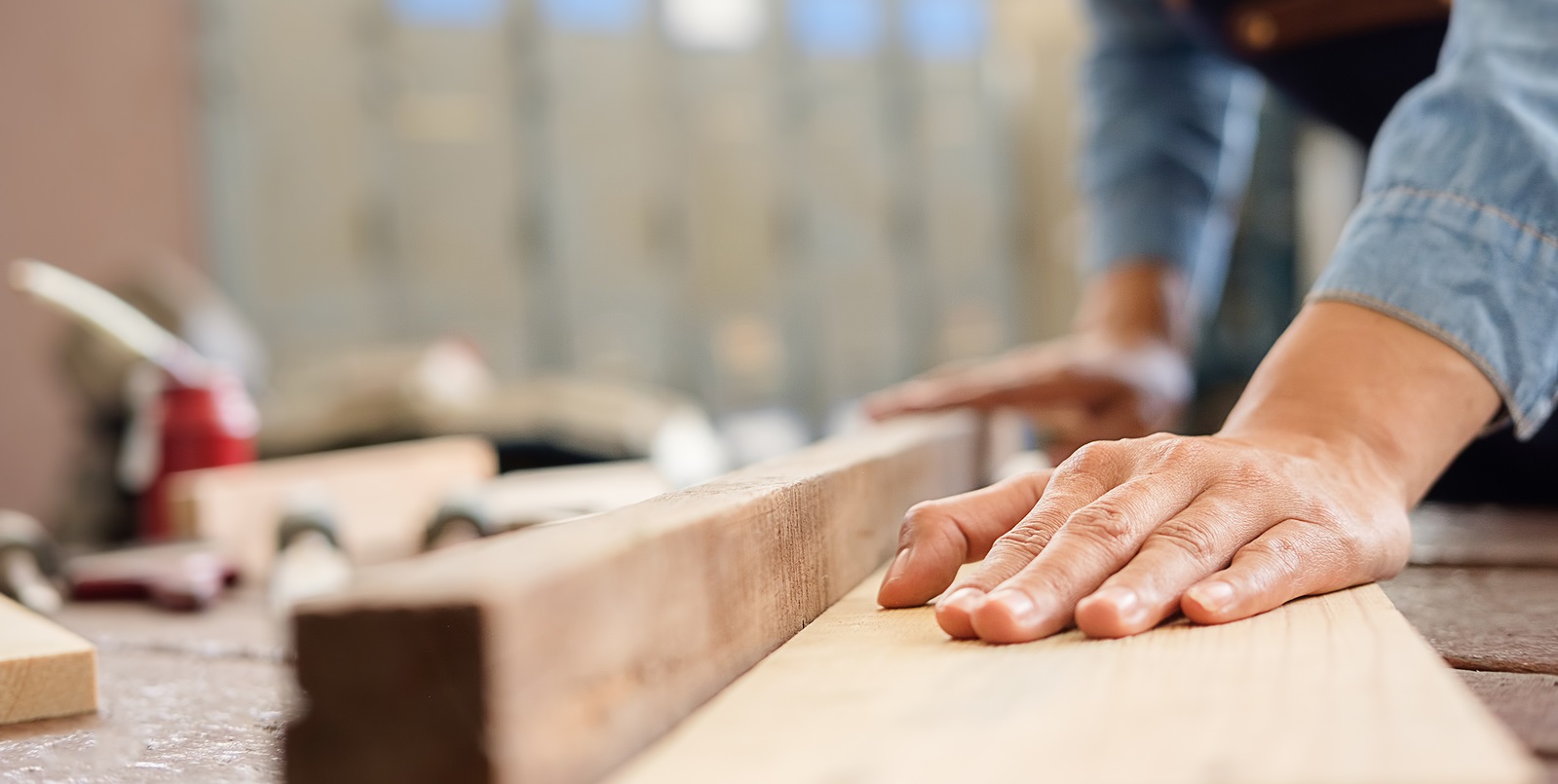
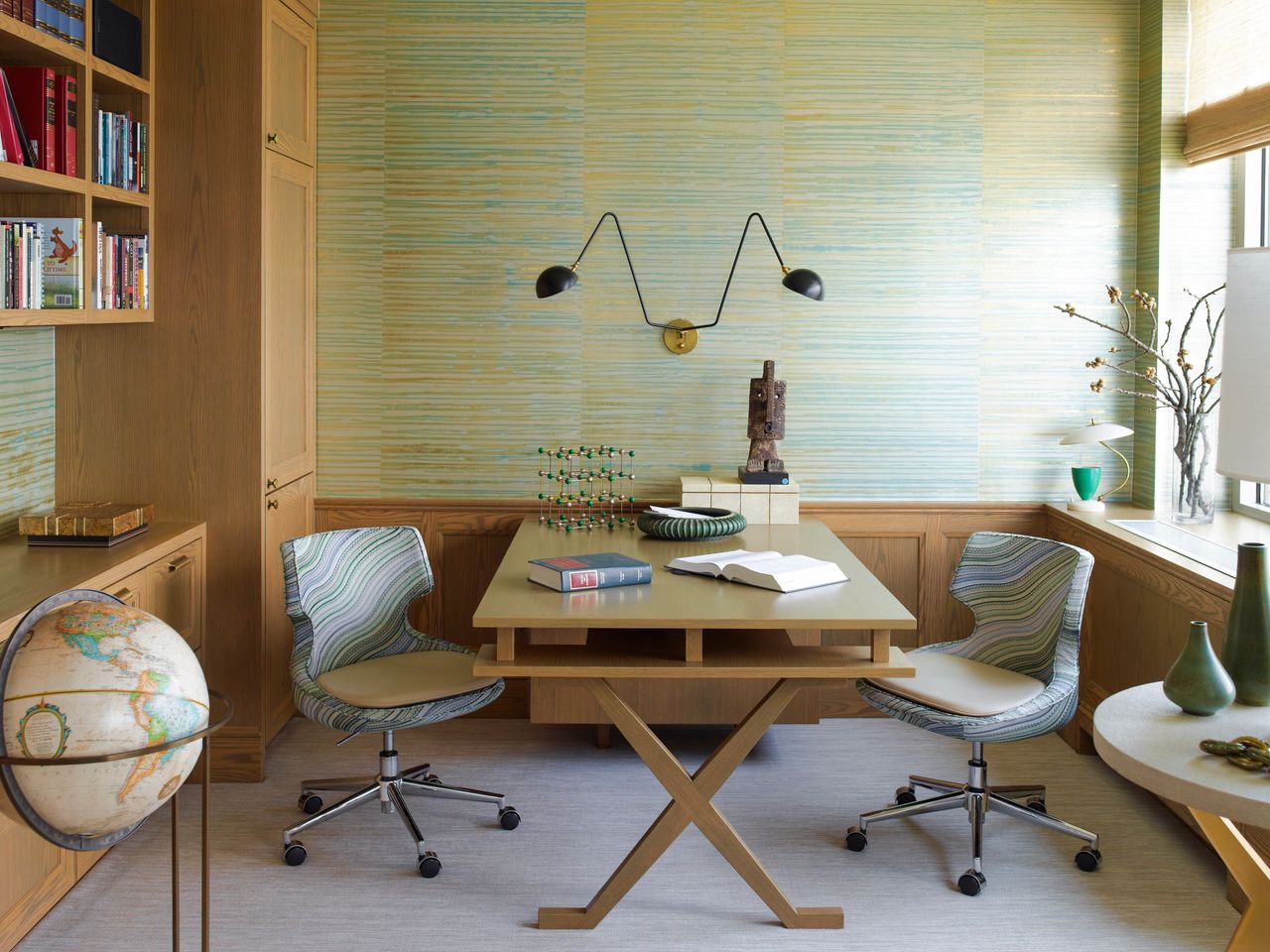

0 thoughts on “7 Entryway Storage Mistakes And How To Fix Them”